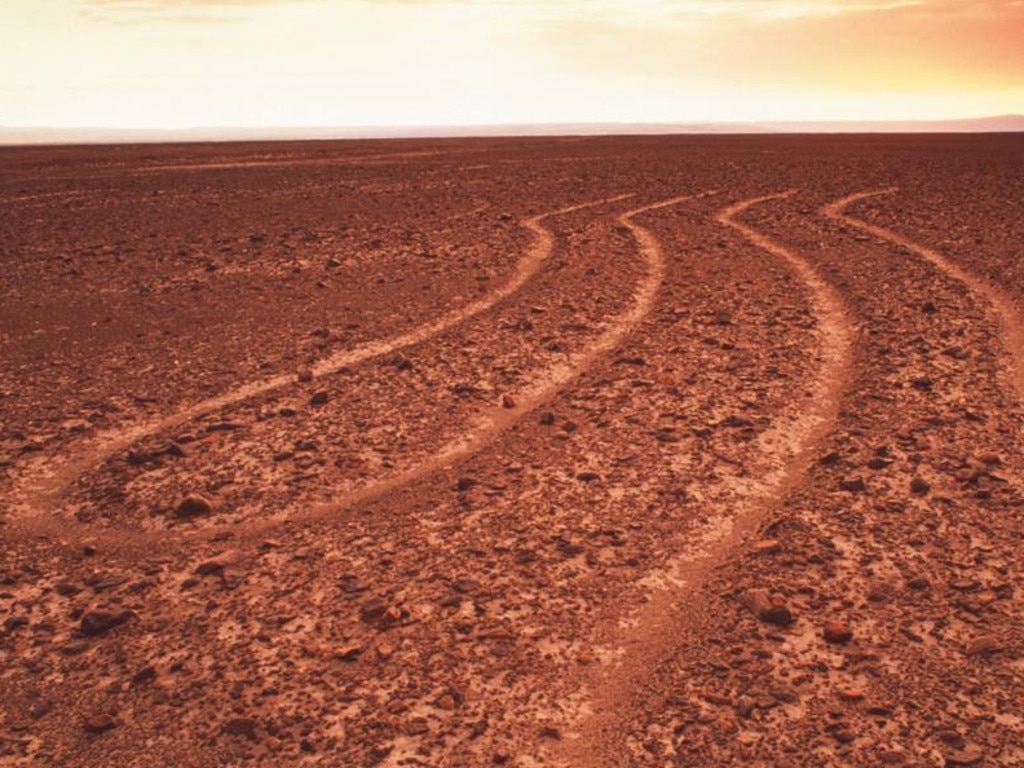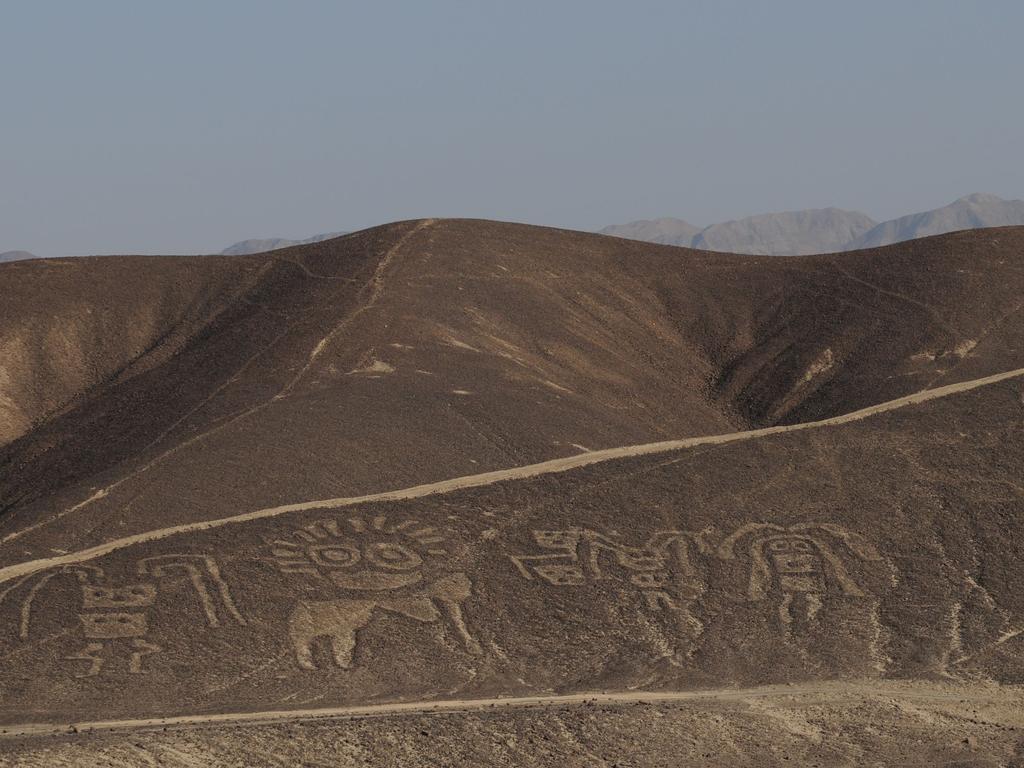50 'lost’ Nazca stone line images uncovered by Peruvian drone survey are among oldest found
THE enigmatic Nazca lines of Peru have gripped the public’s imagination since they were first seen from the sky a century ago. Now drones have discovered 50 more of them.
BIRDS. Spiders. Monkeys. Mysterious men.
These are some of the recognisable shapes scattered among mile upon mile of stacked stone lines high in the south Peruvian desert.
The full extent of this archaeological wonder was not realised until they were seen from the air a century ago.
RELATED: ‘Alien’ mummies are looted, manipulated Nazca bodies
They still inspire and intrigue.
More than a thousand such markings have been identified. Now National Geographic reports another 50 can be added to the tally.
And some of them are among the oldest yet found.
“The data and information obtained with the Globalxplorer project are extraordinary in quality and quantity....this puts us at the forefront in the registry of archaeological sites and geoglyphs in particular.â€
— Prof. Sarah Parcak (@indyfromspace) 5 April 2018
-Johny Isla, Peruvian Ministry of Culturehttps://t.co/UcJ41g4lSn
Archaeologists using high-resolution camera equipped drones have been mapping the world heritage listed desert site, and scouring the surrounding landscape for further clues into what motivated the ancient artists.
The new mysterious monuments they found have been heavily worn down over the ages. Their remains are etched only lightly into the ground, and are almost invisible to the naked eye.

The Nazca culture held sway over the highlands desert between 200 and 700AD. They are responsible for most of the extensive network of stone lines and tracks.
But Peru’s archaeologists have dated many of the new images as much older — dating from between 500BC and 200AD. This places them at the hands of the earlier Paracas and Topara cultures.
Peruvian archaeologists have discovered more than 50 new examples of mysterious desert monuments traced onto the earth's surface in incredibly fine lines. The team collaborated with the GlobalXplorer initiative, founded by Sarah Parcak (@indyfromspace): https://t.co/qRmFEtKlOy pic.twitter.com/mMtwUdPkcq
— National Geographic (@InsideNatGeo) 5 April 2018
“Most of these figures are warriors,” Peruvian archaeologist Luis Jaime Castillo Butters told National Geographic. “These ones could be spotted from a certain distance, so people had seen them, but over time, they were completely erased.”
The Paracas people preferred to place its stone monuments on the side of hills, National Geographic reports, enabling them to be seen from the villages below.

The Nazca put their stone lines mostly on flat ground, where their full form could only be seen from the sky.
And where the Nazca works consist mostly of lines and polygons, the Paracas people generally traced the human form.
But the age of the new discoveries indicate the stacked-stone artworks was a tradition that extended over the course of a thousand years.
RELATED: Great Pyramid ‘cavity’ discovery may be a ghost in the machine.




